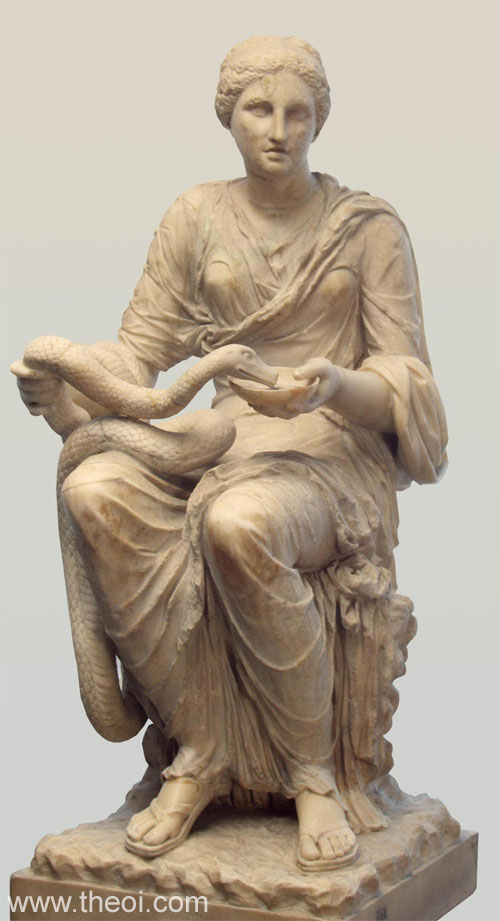

Medieval chimeras had little resemblance to the form described by Homer and painted on Greek vases beyond the fact that they were hybrids. While the Chimera was an individual creature in Greek mythology, by the Middle Ages the name was applied to any of these hybrid monsters. These monsters combined the forms of many different animals, both real and fantastic. The Greek Chimera was just one of many creatures of legend that were hybrids. While the Greeks used the name Chimera to refer to a specific mythological monster, the word has since been used to describe many different creatures. When it attempted to shoot flames at him the lead tip melted, blocking the Chimera’s airway and suffocating it on its own flames. Like the Nemean Lion, who was often said to be the Chimera’s offspring, it had nearly impenetrable hide.īellerophon finally succeeded by breaking off the tip of his spear in the monster’s throat. The flying horse had the speed and agility to keep him out of the path of the monster’s fiery breath.Įven with this help, the hero was not able to even wound the beast.

The hero Bellerophon was given the task of killing the monster.Īided by both Athena and Poseidon, Bellerophon tamed Pegasus to complete this task. In the legend, the Chimera was said to live in Asia Minor where it utterly destroyed an entire region. This image seemed to contradict the myth, however, which usually seemed to imply that the Chimera only breathed and blew flames from a single mouth. So the Chimera had the head of a lion, a goat’s head growing out of its back, and a serpent’s head at the end of its tail. Soon, the Chimera was described as having three heads.Īrtists usually showed these heads as being connected to the part of the body they corresponded to, rather than all in the front like most other multi-headed monsters. This brief description was expanded upon by later writers and artists. It was first described by Homer as, “a thing of immortal make, not human, lion-fronted and snake behind, a goat in the middle, and snorting out the breath of the terrible flame of bright fire.” The Chimera is one of the most memorable monsters in Greek mythology. Chimera as a word came to mean any type of fearsome hybrid monster that inspired dread and uneasiness. Long after the story of Bellerophon was largely forgotten, the name of the monster lived on. The hero Bellerophon was only able to kill it with the help of another hybrid, the flying horse Pegasus, and a clever plan. In the Greek story, the Chimera was a fire-breathing monster with three heads and nearly impenetrable skin. This was a common feature not only in Greek legends, but in mythologies from around the world. The Chimera was a hybrid monster, combining the forms of three well-known animals into one unnatural form. The Greek Chimera was an individual monster who was so distinctive that its name came to represent an entire archetype.

The word chimera is used often today as a general descriptor, but it comes from a very specific source.


 0 kommentar(er)
0 kommentar(er)
